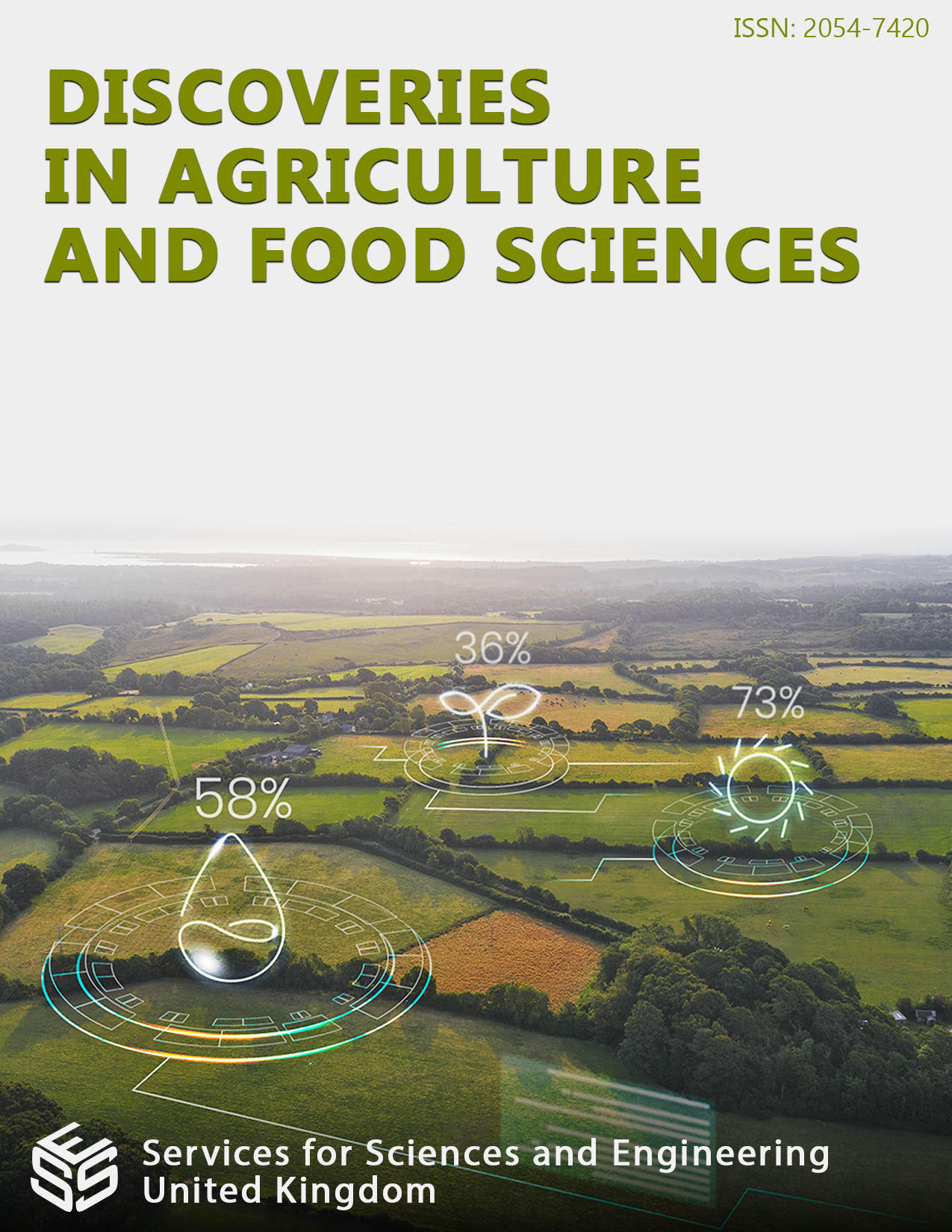The Impact of Climate and Soil Temperature Warming on Viticulture in Southern Finland, The Baltic Sea Region, and a Few Regions in Central Europe
DOI:
https://doi.org/10.14738/tnc.121.16233Keywords:
climate warming, cool climate viticulture, soil temperature, growing season, Baltic Sea RegionAbstract
The aim of this study was to explore the current wine-growing possibilities in the Helsinki region in southernmost Finland along with Sweden, Norway, Denmark, and elsewhere in the Baltic Sea Region, referring to observations made in a few regions in Central Europe, and how predicted climate change will affect them. In the research, the changes of climate and soil temperatures were monitored using different temperature measurement methods in several localities in the Baltic Sea region during one growth cycle of vines and during several years. The results were compared both with each other and with the corresponding temperatures of a few Central European localities. Based on the results, the rise in climate temperature has increased the possibility to grow grapevines in open land in southern Finland and in the Baltic Sea region. In long-term monitoring, the annual averages of air temperatures have risen, many viticultural indices have been near the current Central European indices, the growing seasons have significantly increased in the length, the vines’ growth cycle has accelerated, and the soil temperature classification has changed from the colder ’frigid’ to the warmer ’mesic’.
Downloads
Published
How to Cite
Issue
Section
License
Copyright (c) 2024 Juha Karvonen

This work is licensed under a Creative Commons Attribution 4.0 International License.






